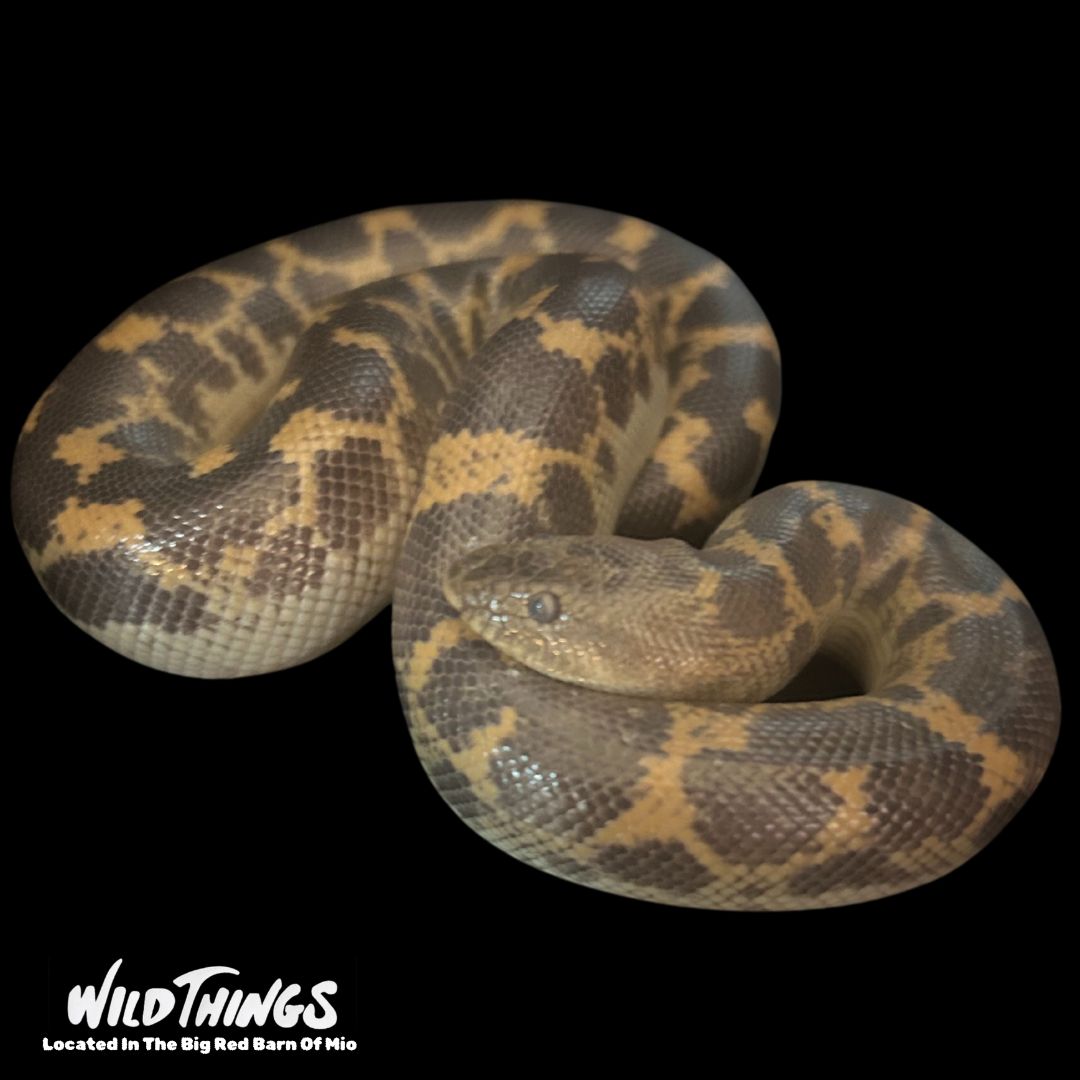AuSable River Outdoors
Kenyan Sand Boa
Kenyan Sand Boa
Couldn't load pickup availability
Species: Kenyan Sand Boa
Scientific Name: Gongylophis Colubrinus
Origin: Kenyan sand boas are native to arid and semi-arid environments in east Africa.
Lifespan: Live up to 30 years
Size: 12-24 In. long
Enclosure Type: Kenyan Sand Boas thrive in a large, terrestrial vivarium with good ventilation preferably front-opening.
Enclosure Size: A basic formula for calculating a terrestrial snake’s minimum space needs is snake length x half snake length x half snake length = length x width x height. According to this formula, the minimum acceptable enclosure size for an average Kenyan sand boa is 24”L x 12”W x 12”H. Kenyan sand boas are not known to be significantly social animals, so it’s best to house only one per enclosure.
Substrate: Kenyan sand boas are healthiest and happiest when they are housed on a substrate (a.k.a. “bedding”) that imitates the conditions of their natural habitat and facilitates appropriate humidity levels. Sand or sandy soil is generally best for meeting a sand boa’s needs. Here are some good options for substrate: Zoo Med ReptiSand, Exo Terra Desert Sand & 1/20 to 1/30 sandblasting media is a good dust-free alternative. Another option is to use a DIY mix of 60% organic, additive-free topsoil + 40% play sand. The Substrate layer should be at least 3-4” deep, although deeper is likely to be used.
Décor: Decorations play an important role in your Kenyan sand boa’s enclosure as environmental enrichment. Enrichment items encourage exercise, stimulate your snake’s natural instincts. Some Décor ideas Include: flats, cork hollows, cork flats, cholla wood, sturdy branches, ledges, artificial plants, drought-tolerant live plants.
Water: Your Kenyan sand boa should have free access to a small bowl of fresh, clean water daily.
Temperature: For Kenyan Sand Boas you should be using halogen flood heat bulbs is the best way to replicate the type of warmth provided by sunlight. You will need multiple heat bulbs to create a large enough basking area to evenly heat your snake’s coiled body. Two bulbs should be enough for an average Kenyan sand boa.
• Basking surface: 93-95°F (34-35°C) 50w halogen flood bulbs should be plenty to achieve your target basking surface temperature. The basking rock should be placed on top of the black plastic hide box, which will act as your warm hide.
• Cool zone: 78-83°F (26-28°C)
• Heating should be turned off at night.
Humidity: Kenyan sand boas are considered an arid species, and they’re very tolerant of hot, dry conditions. In captivity, humidity is generally not something you need to worry about too much, but it is important that the snake has access to a to a humid hide for use as desired. This should be a hide box on the cool half of the enclosure with lightly moistened substrate or sphagnum moss inside. It’s also beneficial to occasionally mist the enclosure with a water sprayer. However, the enclosure should be kept mostly dry.
Lighting: Kenyan sand boas are technically crepuscular, which means that they are most active around nighttime, including dawn and dusk. They are capable of surviving without UVB light, but it’s important to remember that they can’t thrive without it. According to their natural range, lights should be scheduled to be on for 12 hours/day year-round.
UVB lighting can be tricky, because in order to get the right strength of UVB (UV Index, or UVI), distance and potential mesh obstruction must be considered. To provide appropriate UVB, you will need a high-quality, low-intensity UVB bulb, roughly 1/2 the length of the enclosure, placed on the warm side of the setup. The highest branch should be positioned so the snake is no closer than the following distances from the UVB lamp.
Type Of Diet: Kenyan sand boas are carnivores, which means that they need a diet of whole animal prey in order to get the nutrition that their bodies need.
Types Of Food: Mice, young rats, young hamsters, young gerbils, young quail, chicks, feeder lizards & Reptilinks.
Feeding Schedule: Juveniles should be fed every 1-2 weeks, and adults should be fed every 2-4 weeks. At each feeding, provide a prey item or two roughly the same width as the snake’s widest point. Note that adult males are known to fast for months during breeding season, which is normal and healthy.
It’s best to offer frozen-thawed prey rather than live to your pet snake. Prey should be thawed in a plastic bag in warm water to around 90°F/32°C before offering. Use soft-tipped feeding tweezers to reduce the risk of getting accidentally bitten when the snake strikes.
Supplements: Sand boas can survive without vitamin or mineral supplements, but using them occasionally is a good way to help prevent nutritional deficiencies. Every once in a while, lightly dust the prey item with a 50/50 mix of calcium and multivitamin before thawing.
Share

